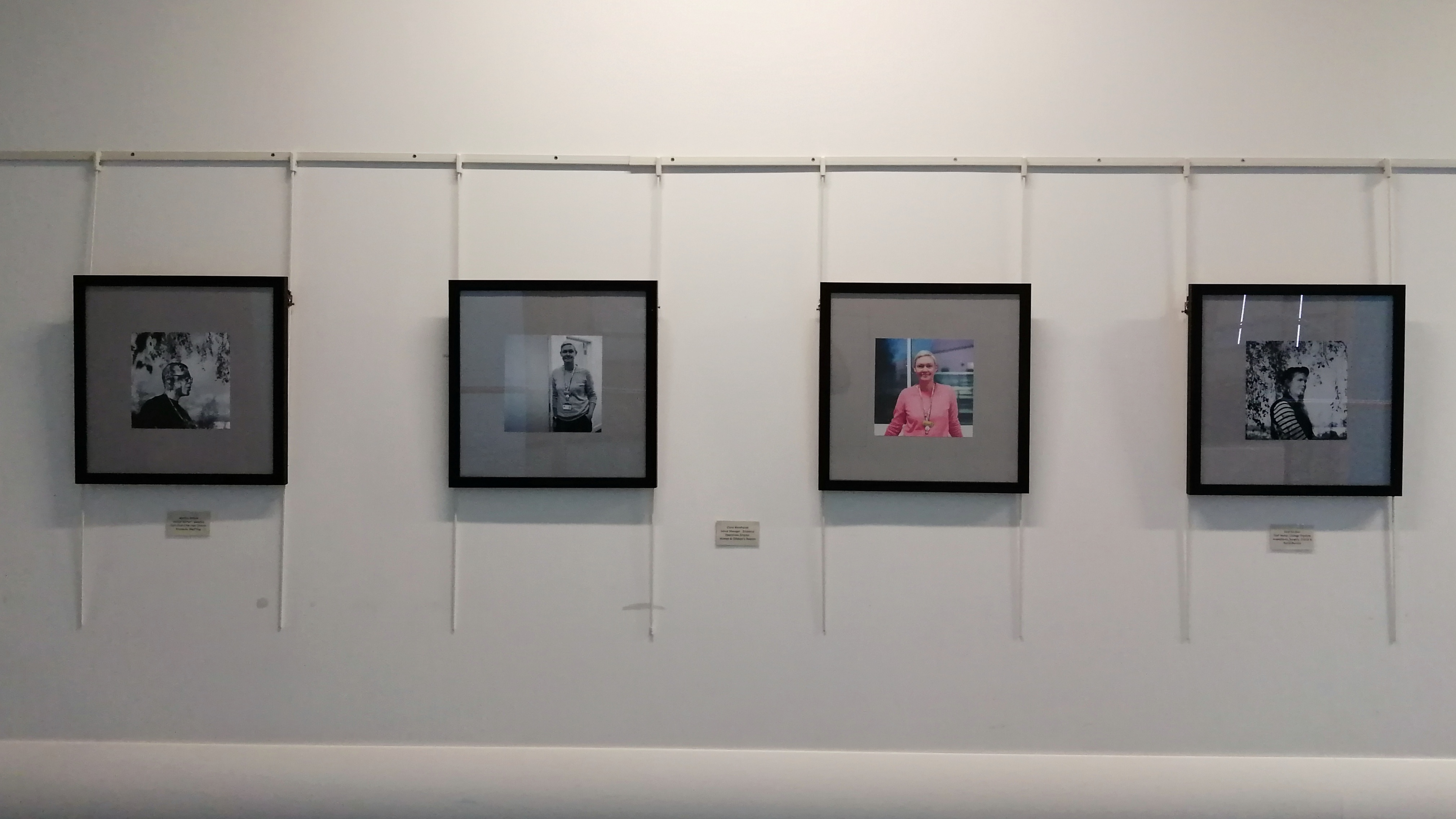
Potraits are not my natural inclination when it comes to photography. The bulk of my photographic work is produced alone, my images mostly devoid of people.
The whole point of my practice is to find peace. Whether I am photographing indoors or outdoors, the very act of picking up a camera is an act of self-care. I instantly forget about the whirlwind of worries in my head and centre myself in the present. This ritual of being with a camera is soothing and nurturing. I do not know what I will find and see, but I do know I will relax and breathe.
Portrait photography does not bring me this sort of relaxation, and yet I love it. This aspect of photography lifts me up and drains me at the same time.
Interacting with people is not something I do very well. I am autistic and the social codes of interaction are ones I have learned off by heart from active conscious observation of people over the years. But that's not how social interactions truly work and it is not uncommon for me to choose the wrong file in my memory drawer when figuring out a way to respond. Add on top of that my struggles with tone and volume regulation, and you've got a recipe for awkward interactions.
In spite of those difficulties, portraiture is an aspect of photography that increasingly draws me in. I like people. I am interested in people. What started as an observational practice to learn how to behave in the world has turned into a genuine interest in people's stories and beliefs.
So slowly, I dabbled in portrait photography. I helped Karen with the LGBTQ+ Faces of Bristol. She was the lead and I could watch and learn from her. I could mess up my images from the stress of being in a new form of social exchange and it wouldn't matter as long as Karen had images.
Life went on. Changes happened, and I did not get new opportunities for portrait photography. That is, until Karen got in touch, offering for me to create portraits of LGBTQAI+ staff members at the local hospital. I did not think very long about it and said yes. Yes, I would like to work on those portraits. The consequences of my decision could be dealt with later.
The first of the consequences was to figure out how to run a portrait session entirely solo. There were practicalities to consider such as what film to pick, which location to choose, etc. Those were easy enough to answer. I was not going to deviate from my habits and plunge into the unknown for images I had to deliver. So FP4 and Lomo 400 it was. When it comes to lighting, I decided I would wing it and work with what happened to be available on the day the portraits were created. It was an easy decision. It meant I did not need to purchase any lights, nor figure out how to use them, and more importantly for someone who doesn't drive, how to ferry them around.
I am also not a fan of lighting. No. Let me rephrase that. I am not a fan of building a photographic studio environment. This reflection became the guiding principle of the portrait sessions and what I spent the most amount of time figuring out.
I knew I wanted to be in the moment with the people who had agreed to take part in this project. I was not to create a portrait of them. We were to create a portrait together.
Portrait making is a vulnerable endeavour. In my view at least.
Folks who stepped forward consciously or unconsciously agreed to trust I would create an image in which they could see themselves, a reflection that I hoped would be positive. Whether I wanted to or not, I was the one with the power and tools to control their image. I did not forget this at any point. This lingered at the forefront of my mind.
It is easy to dominate, so I worked on scaling this back.
I chose to use film because I like film. I'm familiar with it, but also it stopped me and the people involved staring at a screen and finding faults with the image. I had to trust in my skills just as much as participants had to trust in me. They could not become self-conscious of every details of themselves if they could not see them reflected back at them, and I could not worry about every little technical details.
I selected my Bronica SQ-B because it has a waist level viewfinder and does not obstruct my face (it doesn't hurt that it's my 'best' camera), and doesn't quite look like what most people expect a camera to be. I was not hiding and participants did not have to look at a tool instead of a human being.
We chatted first. I explained the process, the gear, and I never used the word 'shoot'. Language matters. I do not want to 'shoot' a portrait because that is violent, rash, and sudden. Instead 'I' transform into 'we', and 'shoot' shifts to 'create' or 'make'. The experience becomes collaborative and evolving. We talked about where they would stand and how they would pose. I offered ideas as question marks and let them decide on the answers. I fine tuned their poses based on the angle of the light and warned them of the shutter release.
I am not the author of the images. They belong to the participants as much as (more than?) they belong to me.
I sent the participants my selection of images from the ones we created and let them pick their favourite, offering full veto on any images they did not want to see released into the world. Only then did I get to work printing.
After all this rambling, you would probably like to see some of those portraits. So here they are:
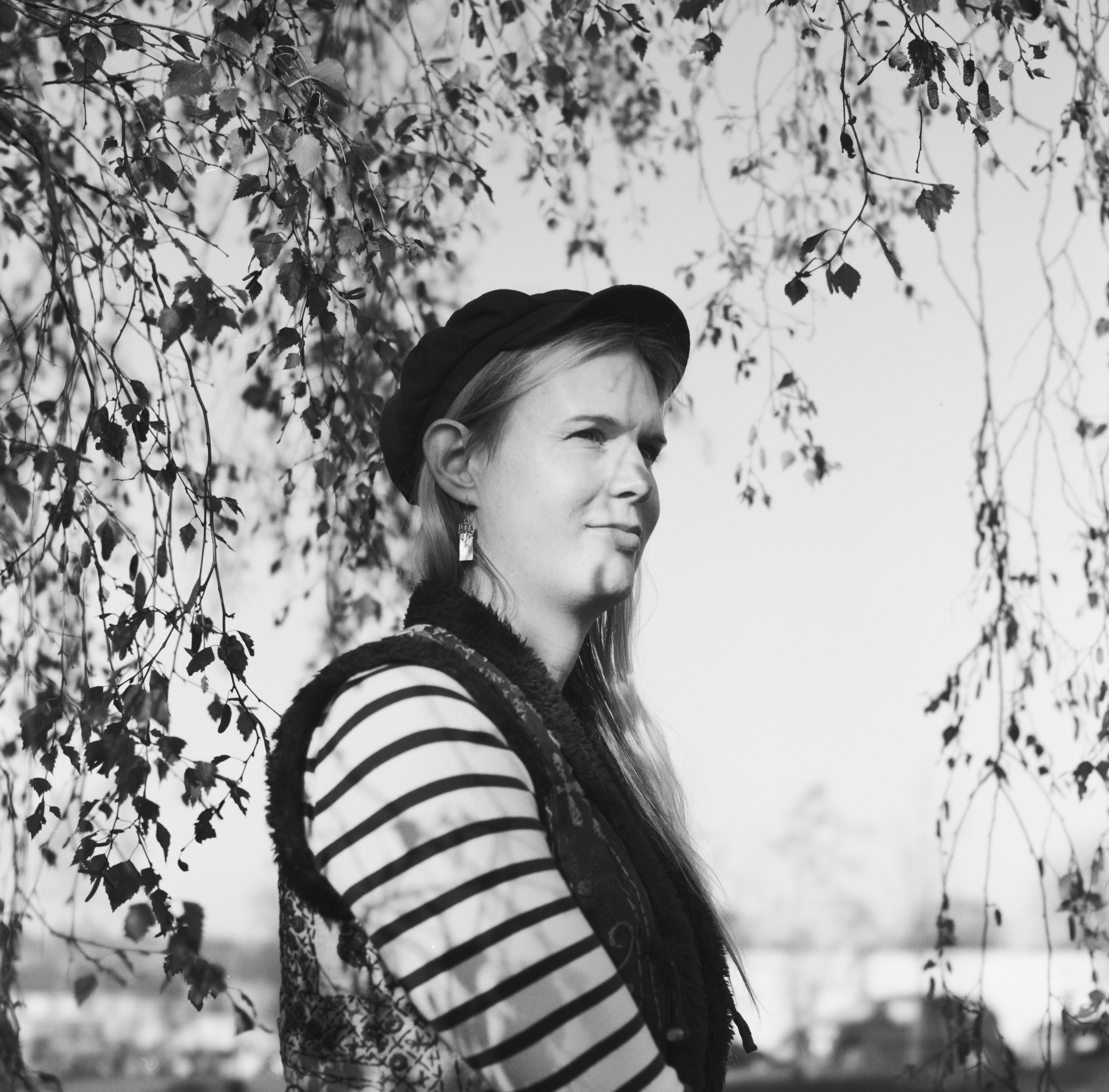
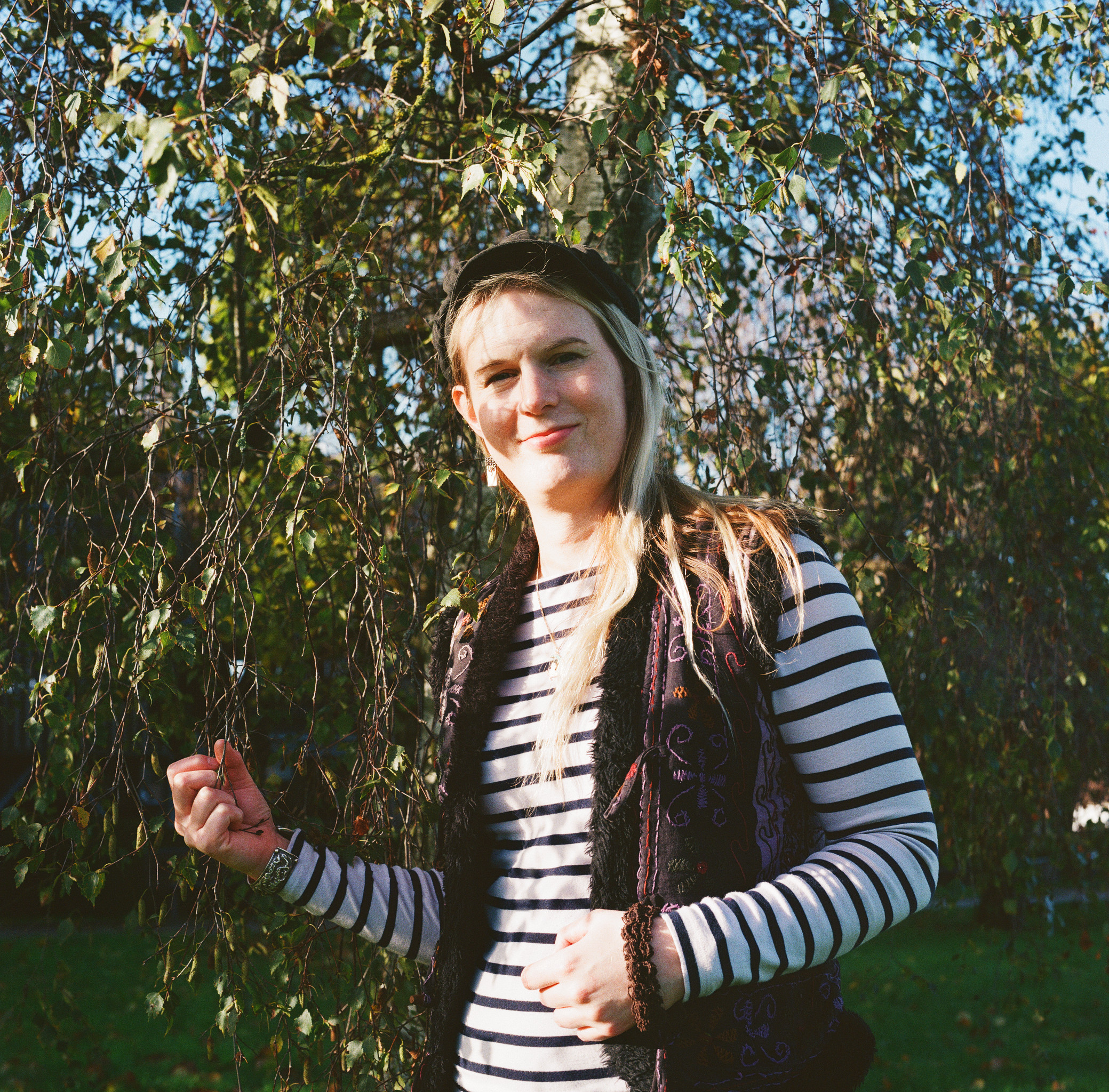

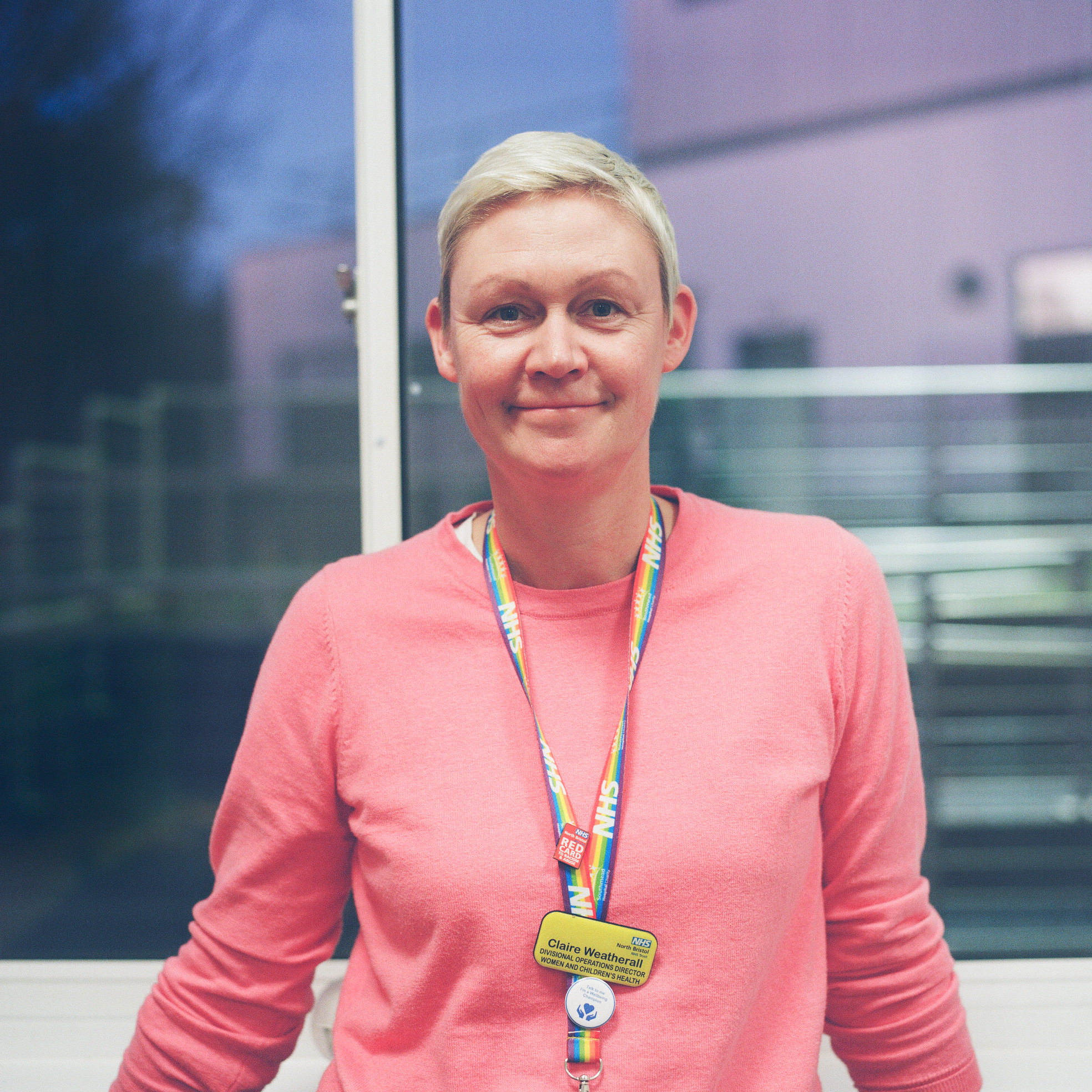
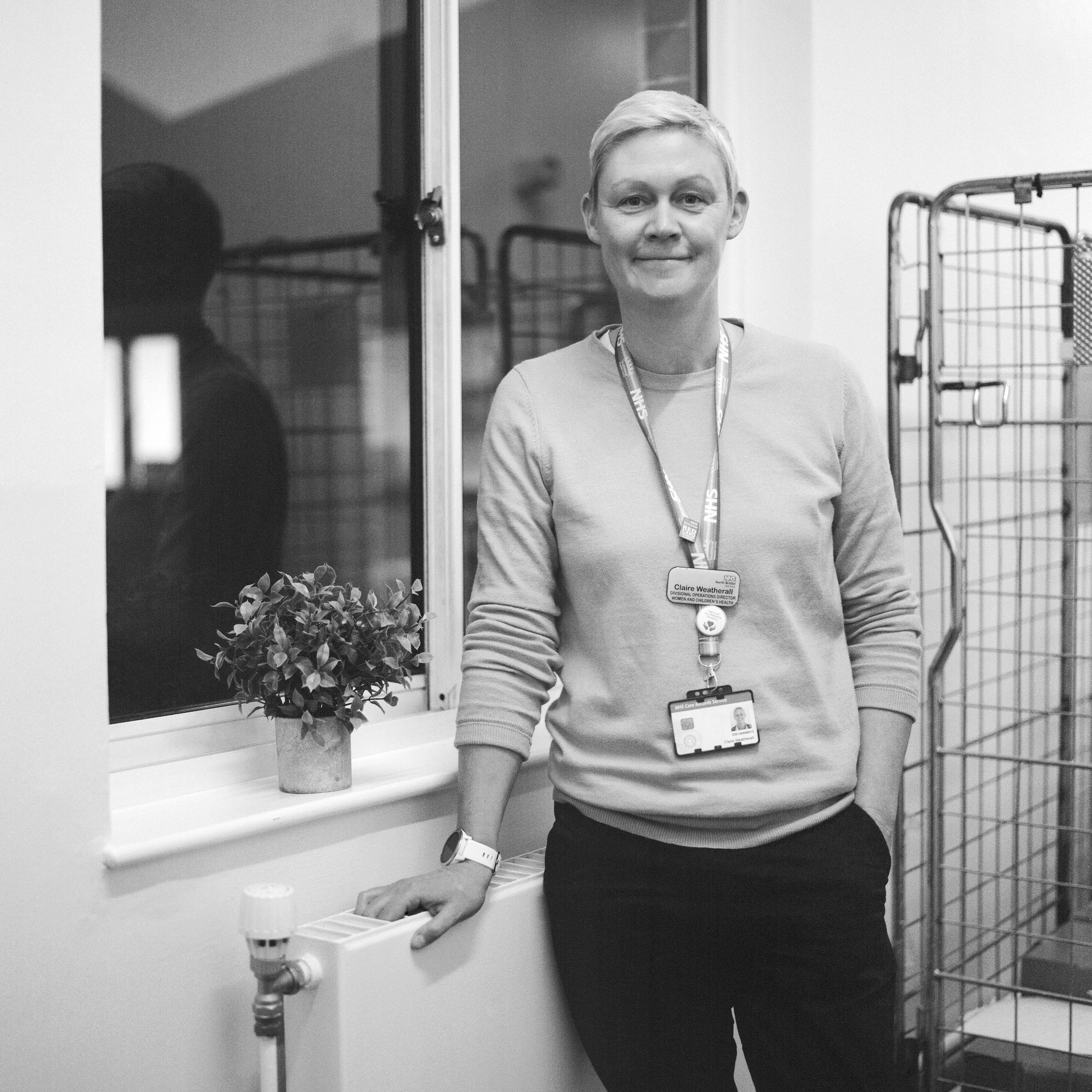

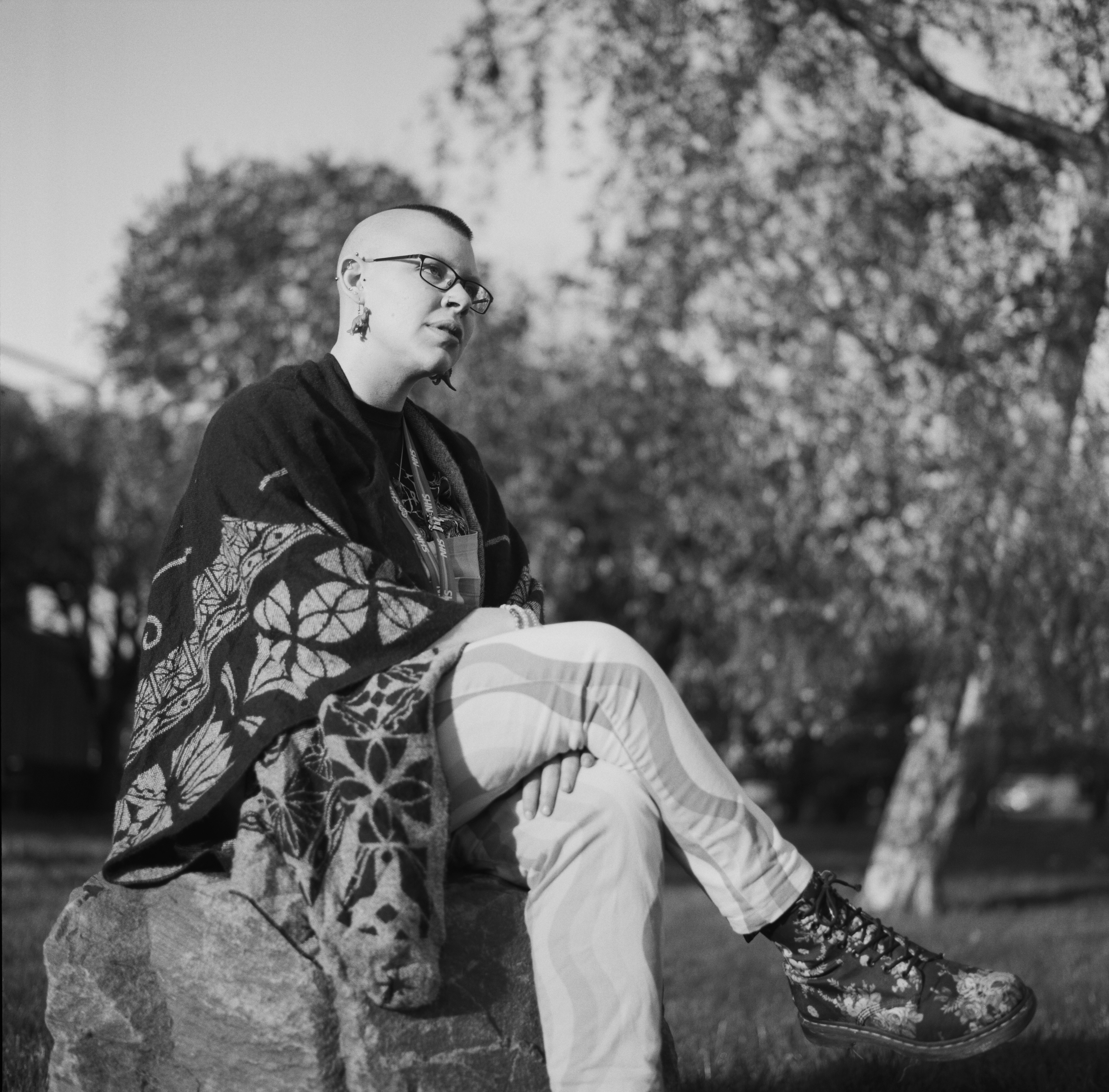
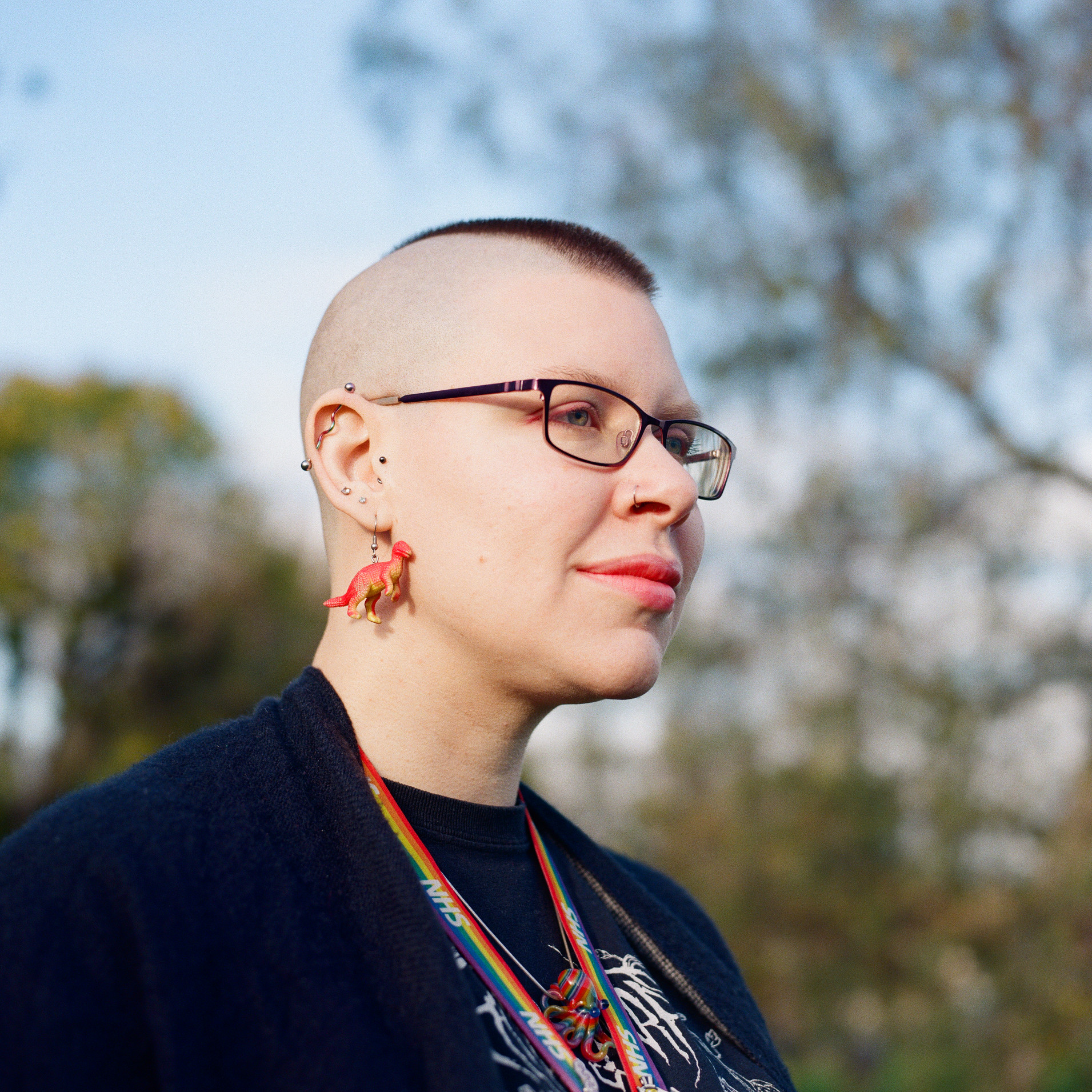

I enjoyed this experience.
It cemented in me that I am capable of producing portraits that people are happy with, that I am happy with. It is still an aspect of photography I want to explore more of, but it is also the most demanding of me.
There are logistics involved in finding a time and place that suits everyone. An endless string of e-mails that requires attention and timely responses. And if you do not have regular folks to get in touch with to create portraits with, then you also need to find the time and energy to locate people and start conversations. And all this is arduous, for me at least. So I don't do it often. I don't pour a lot of energy into this process because my attention is usually somewhere else. That's not to say it won't ever shift.
The portraits that came to be since I started to explore this aspect of photography remain some of my favourite and most meaningful images. So if you find yourself in or around Bristol, feel free to get in touch. If the stars align just right, I'll rock up with a camera, some film, and an eagerness to listen and create a portrait together.